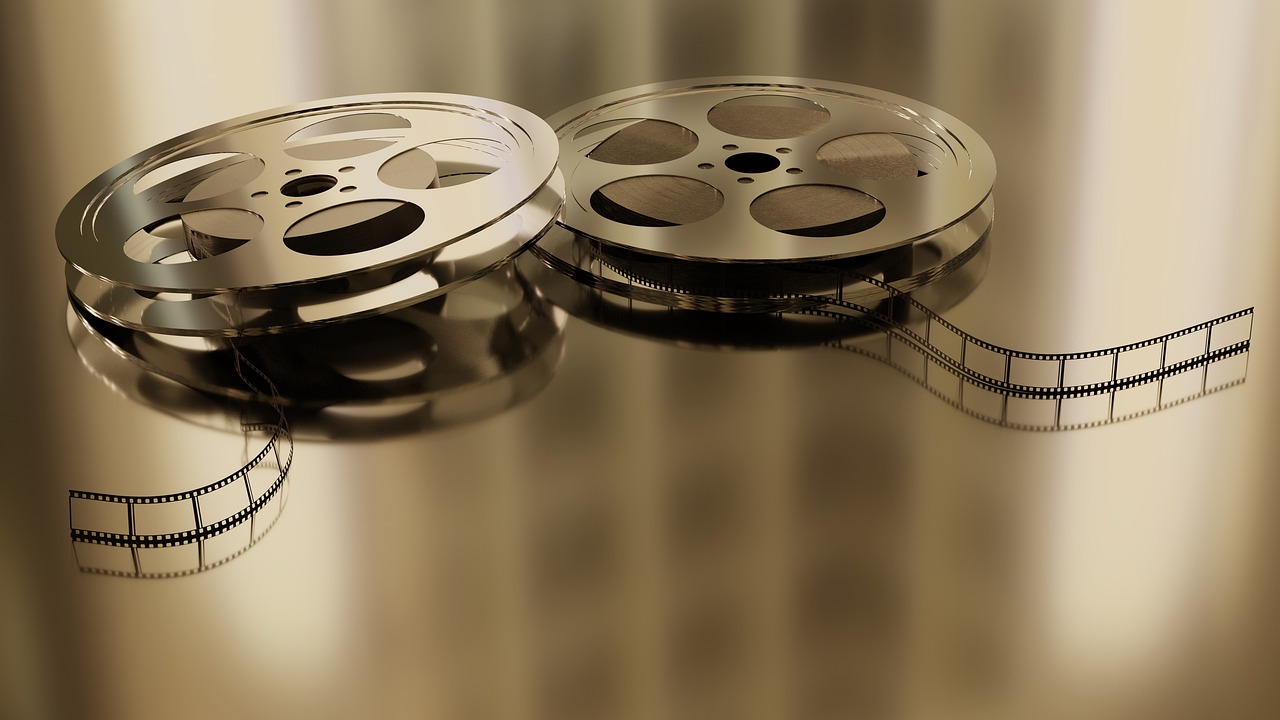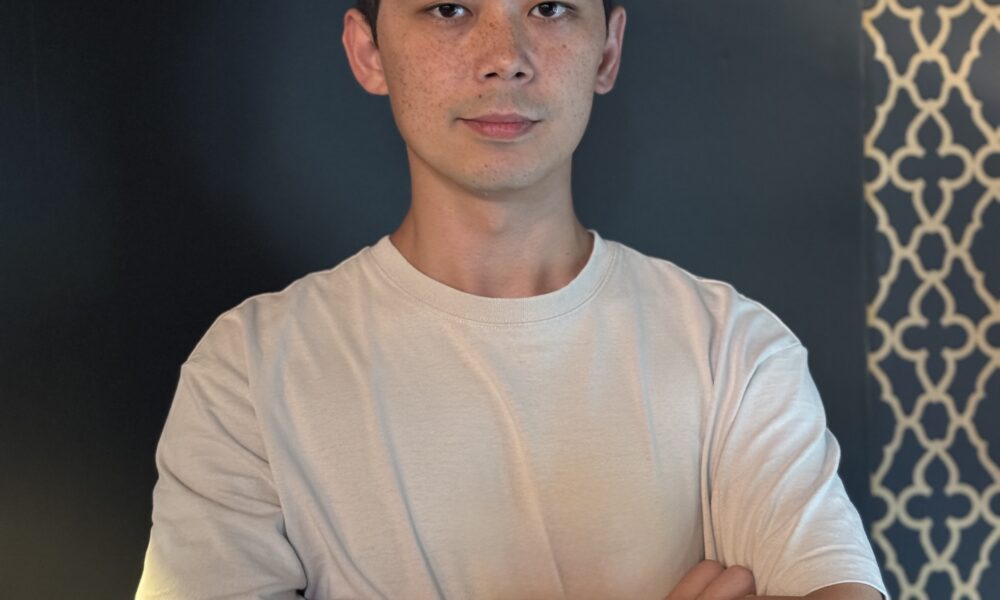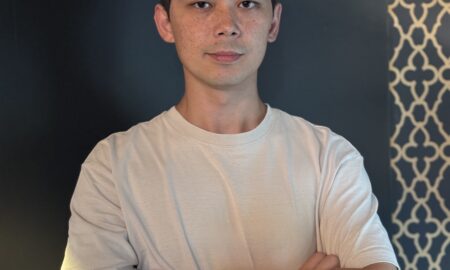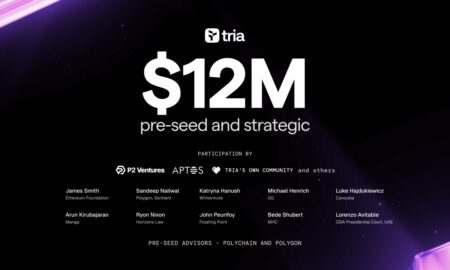Once, it was about the gear. Now, it’s about the gut punch.
A decade ago, cinematic status meant owning a RED camera or mastering DaVinci Resolve. But in today’s hyper-social landscape, raw emotion and thumb-stopping visuals matter more than technical perfection. Welcome to the age of emotionally engineered content — where success is measured in seconds, not specs.
In the golden age of cinema, directors obsessed over film stocks, lenses, and lighting rigs. Even as the digital revolution reshaped production, tools like the RED camera or ARRI Alexa became shorthand for cinematic credibility.
But something has shifted.
Today, the most compelling content on screens — big or small — isn’t necessarily defined by technical polish. It’s defined by emotional resonance. A single, raw expression can outperform a $100,000 production if it stops a viewer mid-scroll.
“We’re seeing a shift,” says filmmaker/photographer Eliott Nazarian, who’s shot for both luxury brands and indie artists. “It’s no longer about RED cameras — it’s about emotional clarity and scroll-stopping visuals.”
Nazarian’s sentiment captures a new creative ethos dominating social media, advertising, and even traditional film. Audiences are saturated with high-res content — they’ve become numb to gloss. What breaks through now is vulnerability, humanity, and storytelling that feels honest.
Social media has played a central role in this evolution. Platforms like TikTok, Instagram, and YouTube have redefined how visual content is consumed — and created. Where polished perfection once ruled, today’s winning videos often look like they were filmed on a whim. Creators aren’t rewarded for budget — they’re rewarded for feeling.
“People used to aspire to polished commercial quality. Now they want to feel like they’re in the room,” says Lauren Mitchell, a content strategist at a digital media agency. “Relatability outperforms production value almost every time.”
This shift has democratized the field. A creator with a smartphone and a sense of timing can command more attention than a studio with a six-figure setup. High-budget productions haven’t disappeared — they’re just being reframed. Luxury brands are leaning into lo-fi aesthetics, and music videos are blurring the line between cinema and content.
The most successful visual artists in this new era aren’t necessarily the ones with the most gear — they’re the ones with the sharpest emotional radar.
As content consumption habits continue to evolve, so will the tools that support them. Expect to see more AI-driven editing platforms, emotion-recognition filters, and mobile-first production tools designed not for Hollywood — but for holding attention. The next wave of content creators won’t just need cameras. They’ll need instincts, speed, and emotional fluency.
Written by the TechBullion Editorial Team with expert insights from working creatives.





























